Psychotherapy and mental health
For the treatment of mental health or Psychotherapy we use a series of techniques including cognitive behavioral therapy, Rational Emotive Behavioral Therapy (REBT), Psychodrama techniques, family therapy, third generation therapies, group techniques, attentional and deactivation techniques, film therapy, motivational interviewing, schema therapy, narrative techniques, psychoeducation, PlayTherapy, Sandplay or Habit Reversal Training.
Cognitive Behavioral Therapy
Therapy that teaches the person, through a series of strategies and techniques, to relearn how to face their problems, to recognize the thinking styles that predispose the person to reach certain unhelpful conclusions that worsen their mental health and to develop a reflection on their own way of thinking.
More information
Family therapy
Family therapy evaluates how a person’s behavior affects relationships with other family members and family dynamics. It consists of creating a space where empathy and understanding are encouraged in order to improve communication, solve problems and find ways to work together.
More information
Third generation therapies
The main objective of this therapy is to change the way of perceiving the problem on the part of the person in treatment, without attempting extreme control or extirpating their behaviors as if they were something to be ashamed of. The person is helped to observe and rethink the relationship between his or her behaviors and the functionality they have been given. The person is approached beyond the presence of symptoms to act on subjectivity and personal perception.
More information
Group techniques (Group therapy)
Fundamentally oriented to work with trauma, grief and perinatal bereavement, depression, suicide prevention, suicide survivors and risk factors in suicidal behavior such as bullying and harassment. It is a shared therapy space, which serves as a support group focused on the interactions that occur in it, in active listening, empathy, understanding and dialogue without value judgments towards the people who participate in it.
More information
Trauma Treatment
For the treatment of trauma, we use three innovative, pioneering and effective techniques that help people to draw from their fragility to find greater resources for coping with life.
Progressive Counting
We are pioneers in the practice of this technique in the Basque Country. It is based on a therapeutic work in which the patient visualizes a series of images in a progressive way on the traumatic memory, while the therapist performs a process of numerical counting.
More information
Treatment of suicidal behavior
For the prevention of suicidal behavior we use a combination of these three techniques for suicide prevention, care and postvention.

